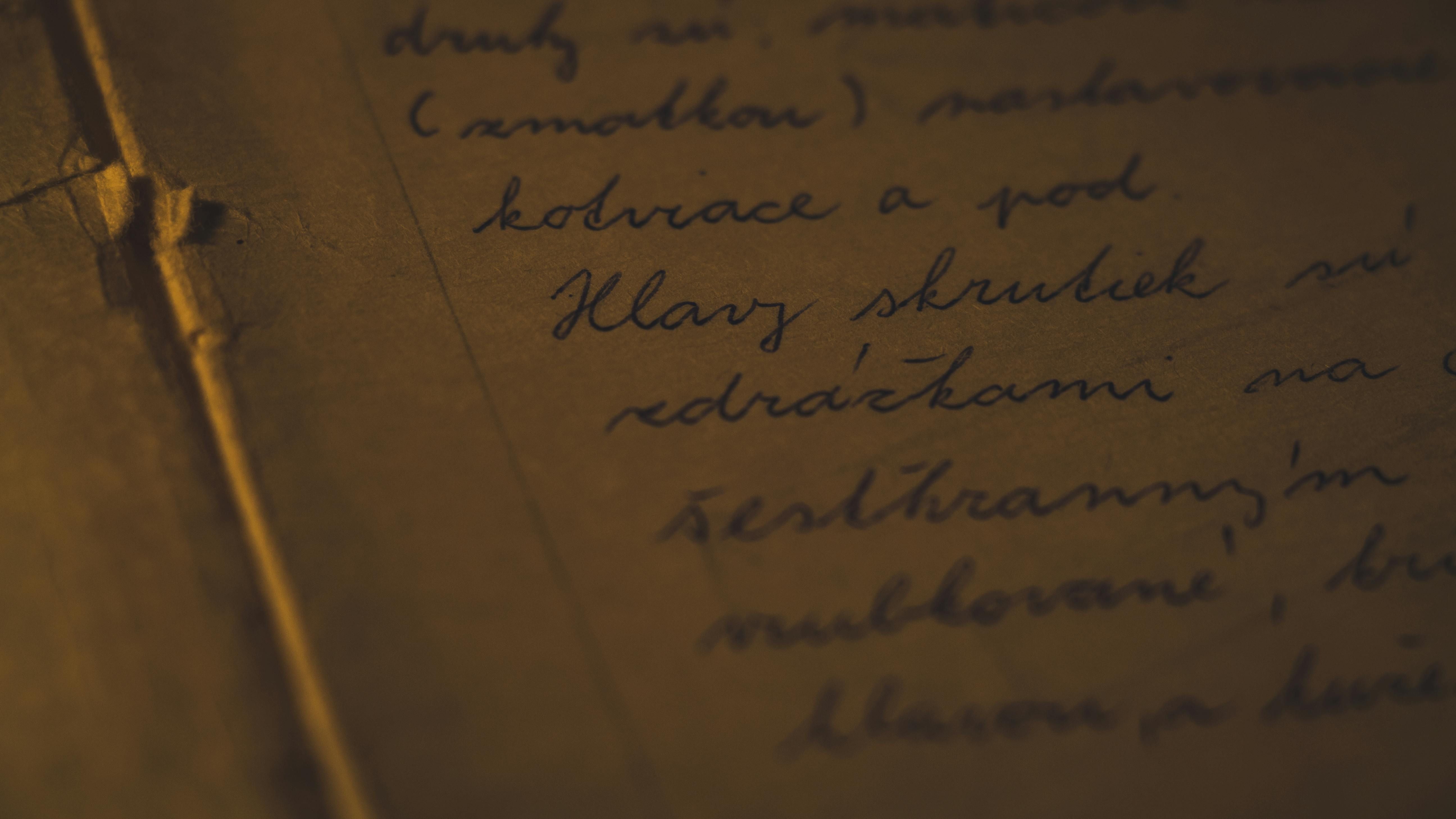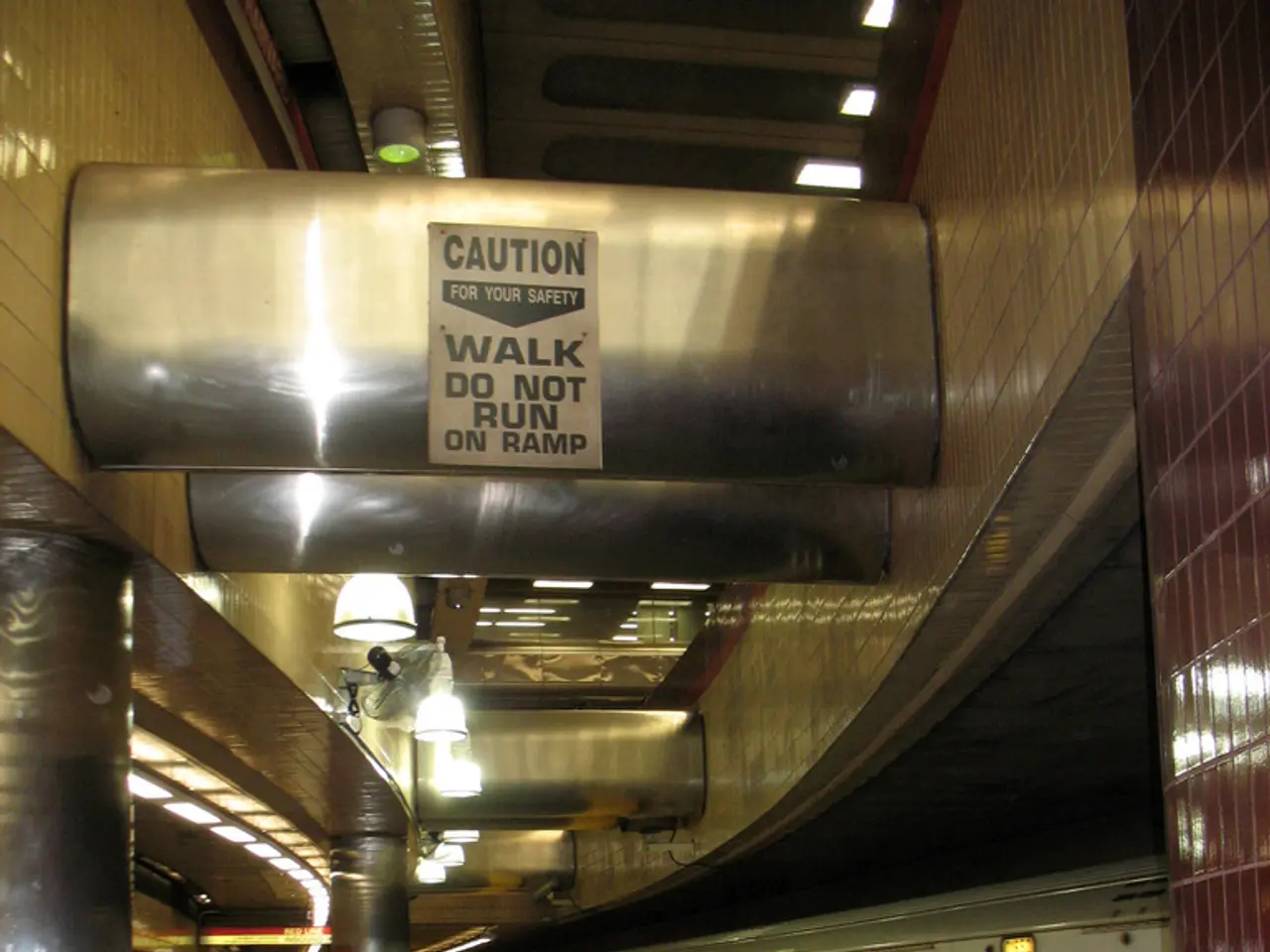Remains of Philosopher Plato's Burial Site Disclosed, Carbonized Manuscript from Herculaneum Unveils His Final Hours Details
A Casual Glance into the Final Moments of Plato:
The renowned philosopher Plato, a student of Socrates and teacher to Aristotle, passed away over two millennia ago. His extensive writings on political philosophy, aesthetics, and ethics have left an indelible mark on human thought. Recently, researchers stumbled upon his burial site, uncovering details of his last days, hidden within a 2,000-year-old document carbonized by an ancient volcanic eruption.
Remember Mount Vesuvius? It erupted 1,945 years ago, burying the Roman towns of Pompeii and Herculaneum in ash, halting their inhabitants in time. In Herculaneum, a villa filled with documents-later named the Villa of the Papyri-was buried, and its contents were carbonized.
A team from the Greek Schools research project employed optical coherence tomography and infrared hyperspectral imaging to scrutinize the characters within the carbonized scroll and have so far deciphered approximately 1,000 words. These words offer tantalizing glimpses into Plato's final days and death.
The papyrus was penned by Philodemus of Gadara, a poet and philosopher residing in Herculaneum. Prior to these revelations, it was known that Plato was buried on the grounds of the Academy, the intellectual haven he founded in Athens. Graziano Ranocchia, the lead researcher and a papyrologist at the University of Pisa, hypothesizes that the texts suggest Plato was buried in a private garden near the Academy's shrine to the muses. The Academia Platonos neighborhood in Athens, approximately two miles from the Acropolis, now houses the archaeological remains of the Academy.
The translated text also sheds light on alternative dates for when Plato was enslaved-either in 404 BCE or 399 BCE, contrasting with previously held beliefs of enslavement in 387 BCE. The scrolls also discuss Plato's final night: "His fever spiked, and the music played for him was unsettling," Ranocchia stated in an ANSA release.
Interestingly, a musician from Thrace was playing the flute, a common practice for soothing the sick during those times. However, Plato disliked the music and is reported to have criticized the musician's rhythm, stating she had a "scant sense of it"-if Plato were alive today, he might have simply opted for a more modern distraction like Pandora.
Technological advancements have enabled researchers to virtually unwind these scrolls, as they are too fragile to manually open. Past efforts to do so, such as those made in 1750, resulted in the destruction of the scrolls, and their contents are now lost to history. Last year, the word "purple" was successfully translated from an unopened papyrus scroll, earning its discoverer a cash prize of $40,000.
Similarly, a University of Kentucky team used X-ray tomography and computer vision in 2015 to read a Dead Sea scroll without physically opening it. As artificial intelligence technologies continue to advance, researchers will be increasingly capable of non-invasively exploring these precious documents, preserving them for future generations.
Deeper Dive:- The Role of Artificial Intelligence: These advancements demonstrate the potential of AI in preserving and interpreting ancient texts. The combination of optical coherence tomography, infrared hyperspectral imaging, and AI could open new windows into understanding the past.- The Villa of the Papyri: The Villa of the Papyri at Herculaneum has been a treasure trove of ancient texts, providing valuable insights into the lives, ideas, and society of antiquity. The carbonized library of this villa offers a unique opportunity for historians and archaeologists to explore the past.- Plato's Enslavement: The discovery of alternative dates for Plato's enslavement raises interesting questions regarding the historical context of his life and the reasons behind his servitude. These details further highlight the complexity of Plato's life and the challenges he faced during his time.
- The Villa of the Papyri, a treasure trove of ancient texts, provides valuable insights into the lives, ideas, and society of antiquity, much like how technology today could potentially preserve and interpret these texts with the aid of artificial intelligence.
- The translated text from Plato's burial site reveals that Plato's Final Days were marked by an unconventional music selection, in stark contrast to the soothing melodies commonly played for the sick during that era, hinting at Plato's modernistic preferences if he were alive today, perhaps opting for a digital distraction like Pandora.
- Aristotle's teacher, Plato, was buried in a private garden near the Academy's shrine to the muses, as suggested by the carbonized scrolls, presenting a new perspective on the burial site of one of the great thinkers of the ancient world.
- With the aid of advanced technology such as optical coherence tomography and infrared hyperspectral imaging, combined with the power of artificial intelligence, future generations will be increasingly capable of non-invasively exploring these precious documents, ensuring their preservation and paving the way for continued exploration of history, echoing the spirit of Aristotle's teacher, Plato, who also strived for coherence in his understanding of the world.






